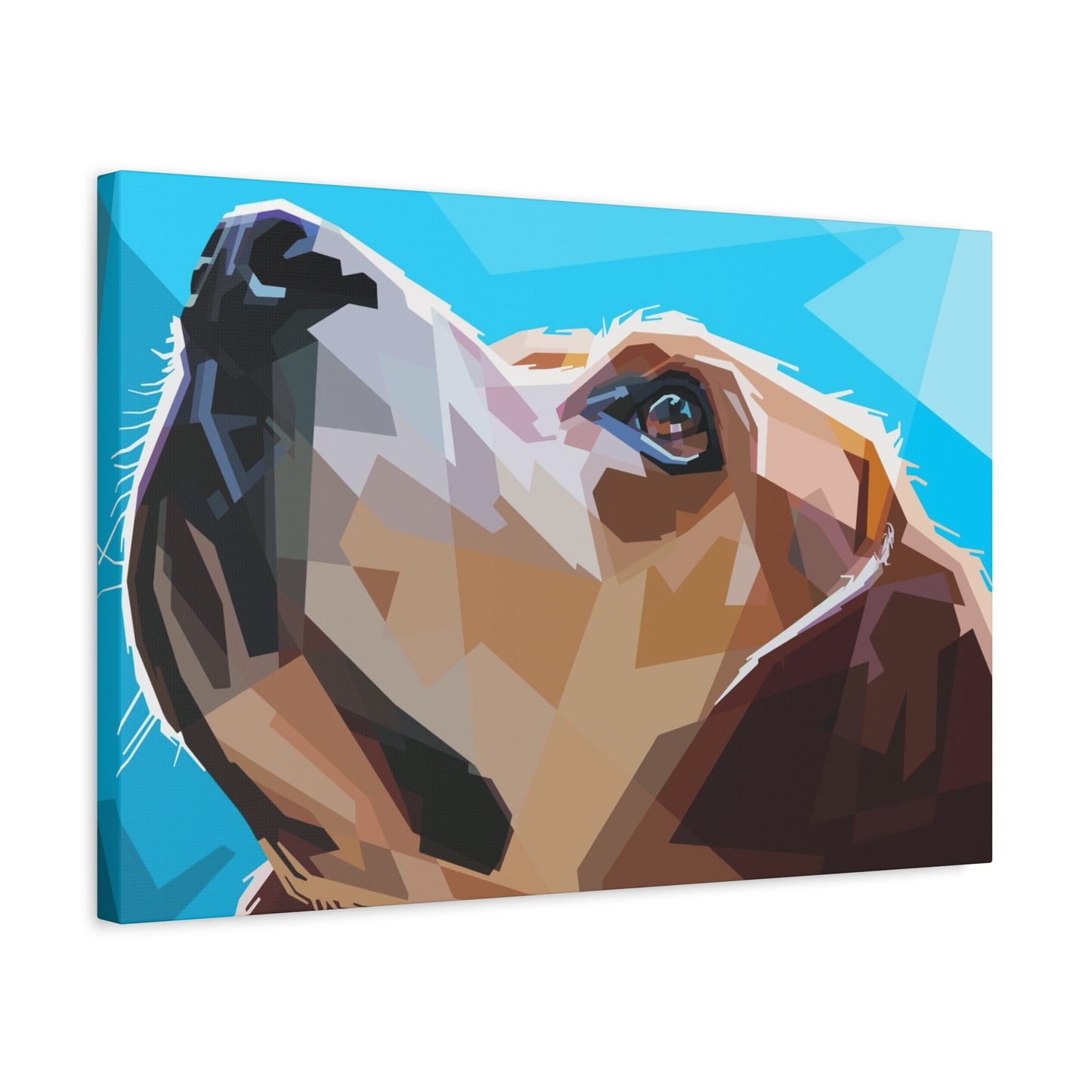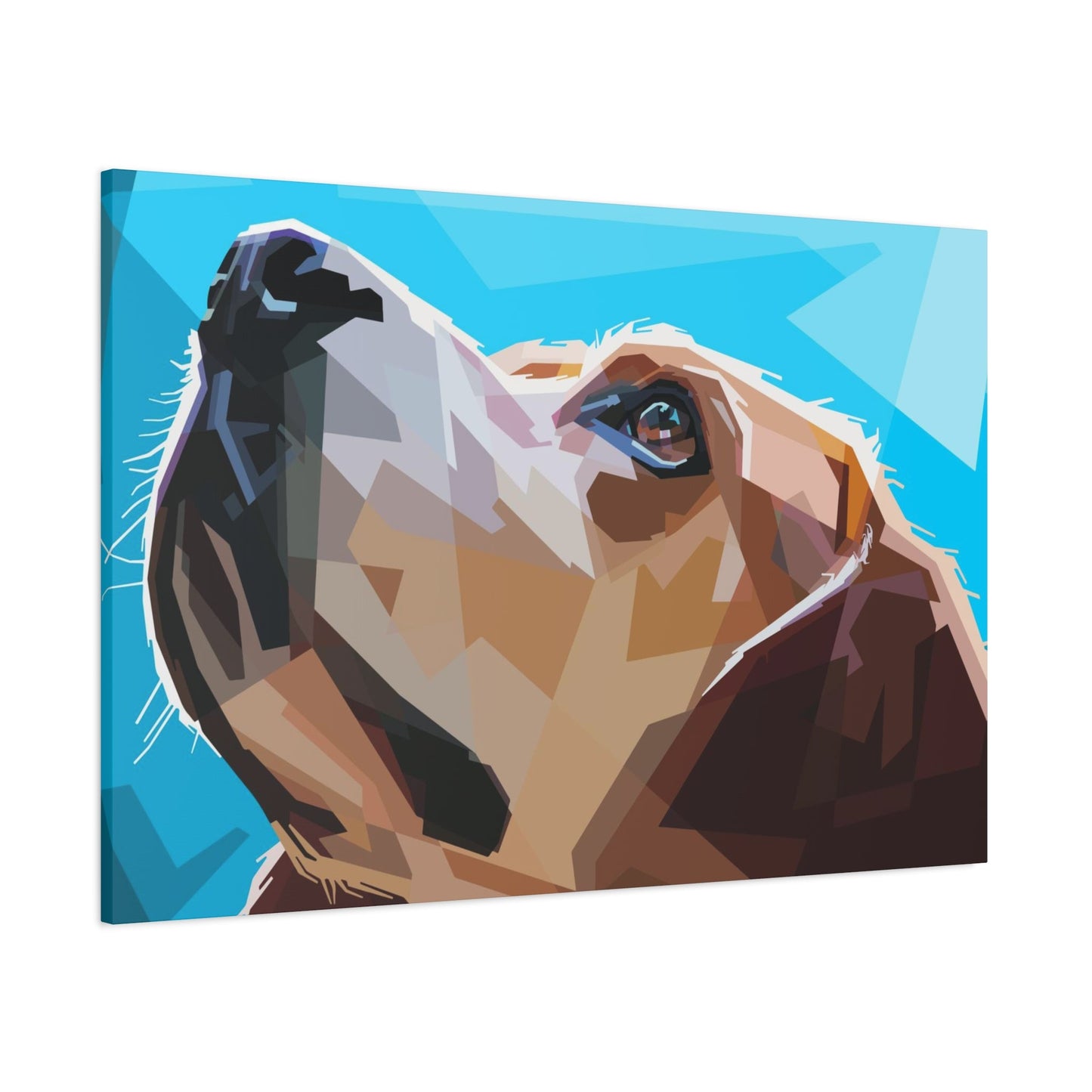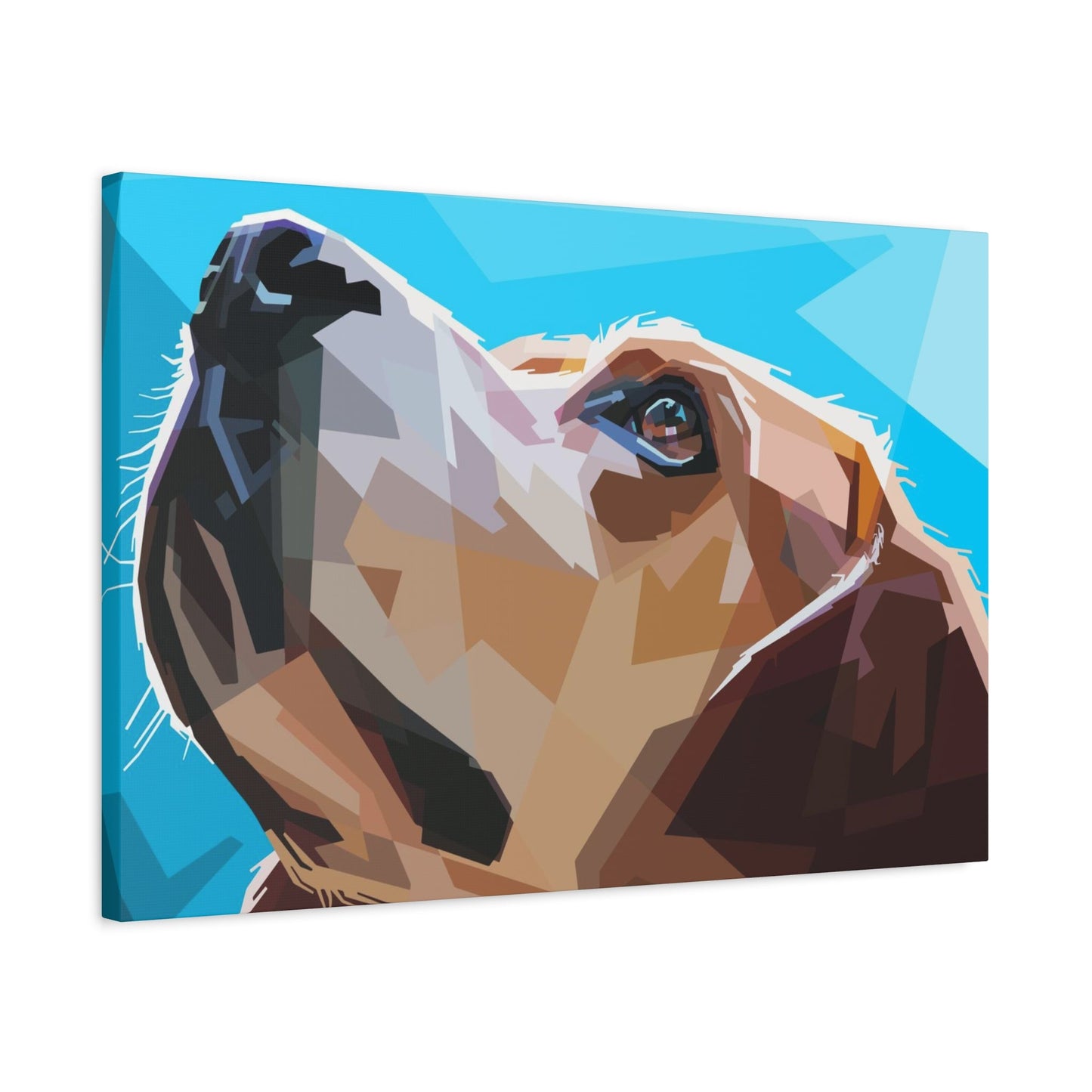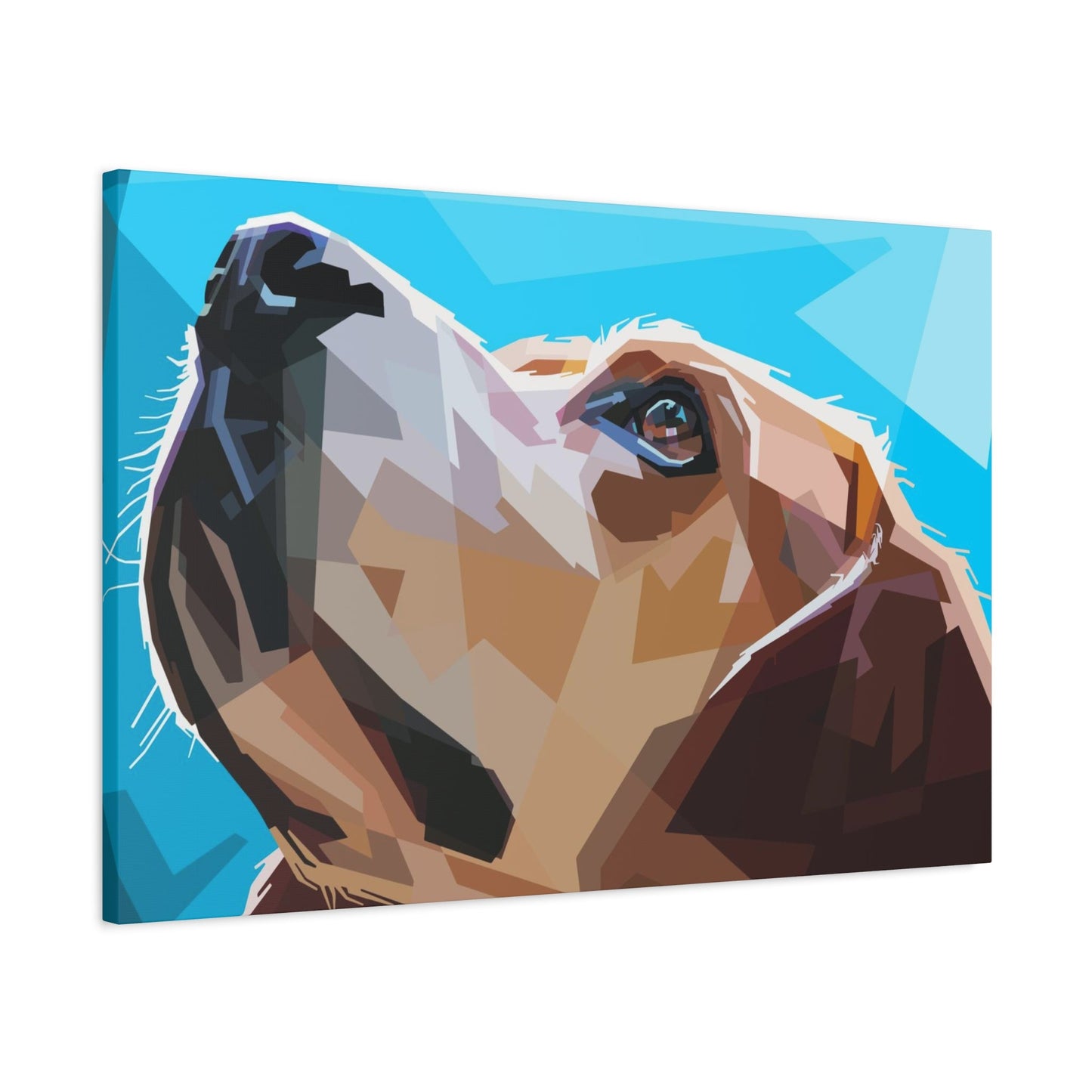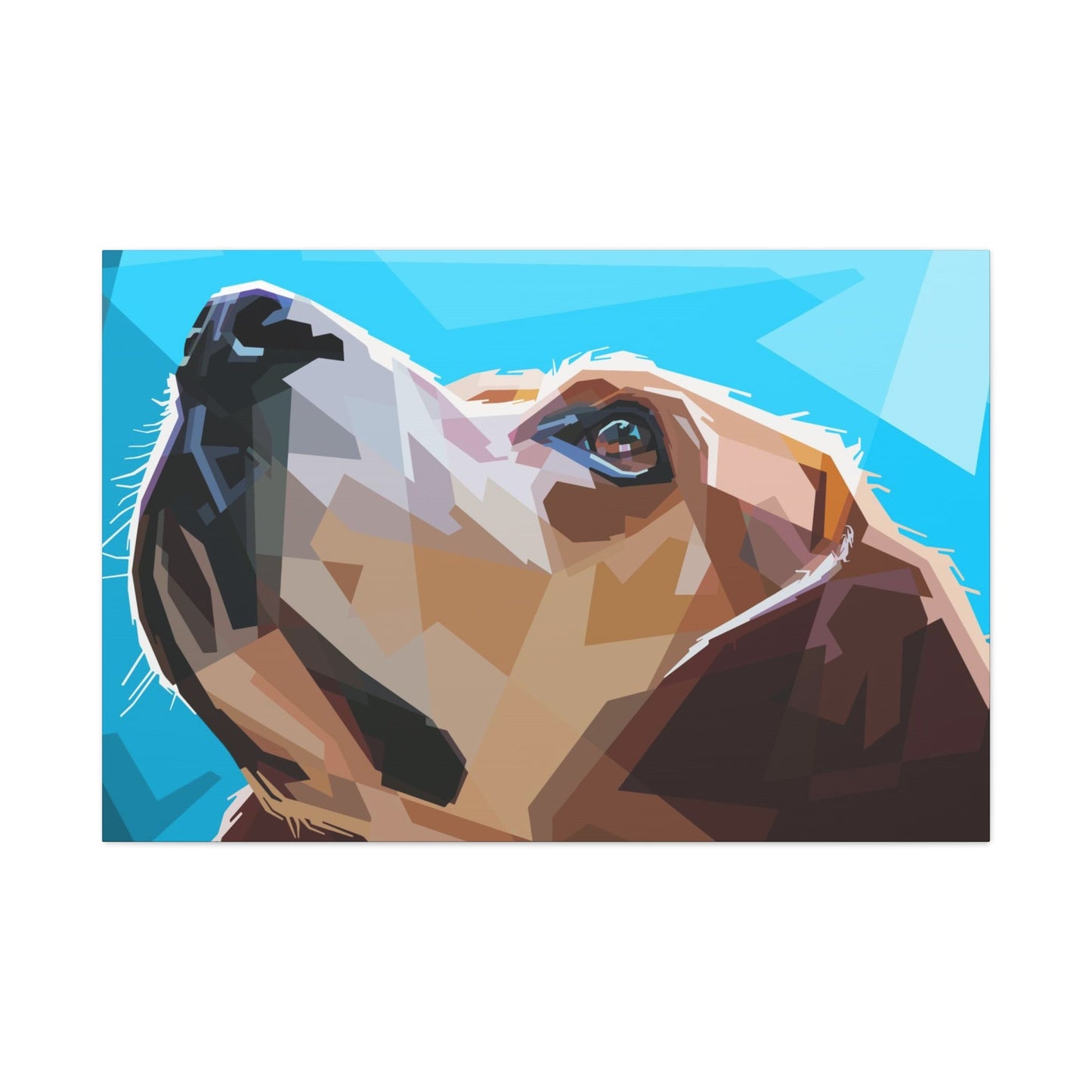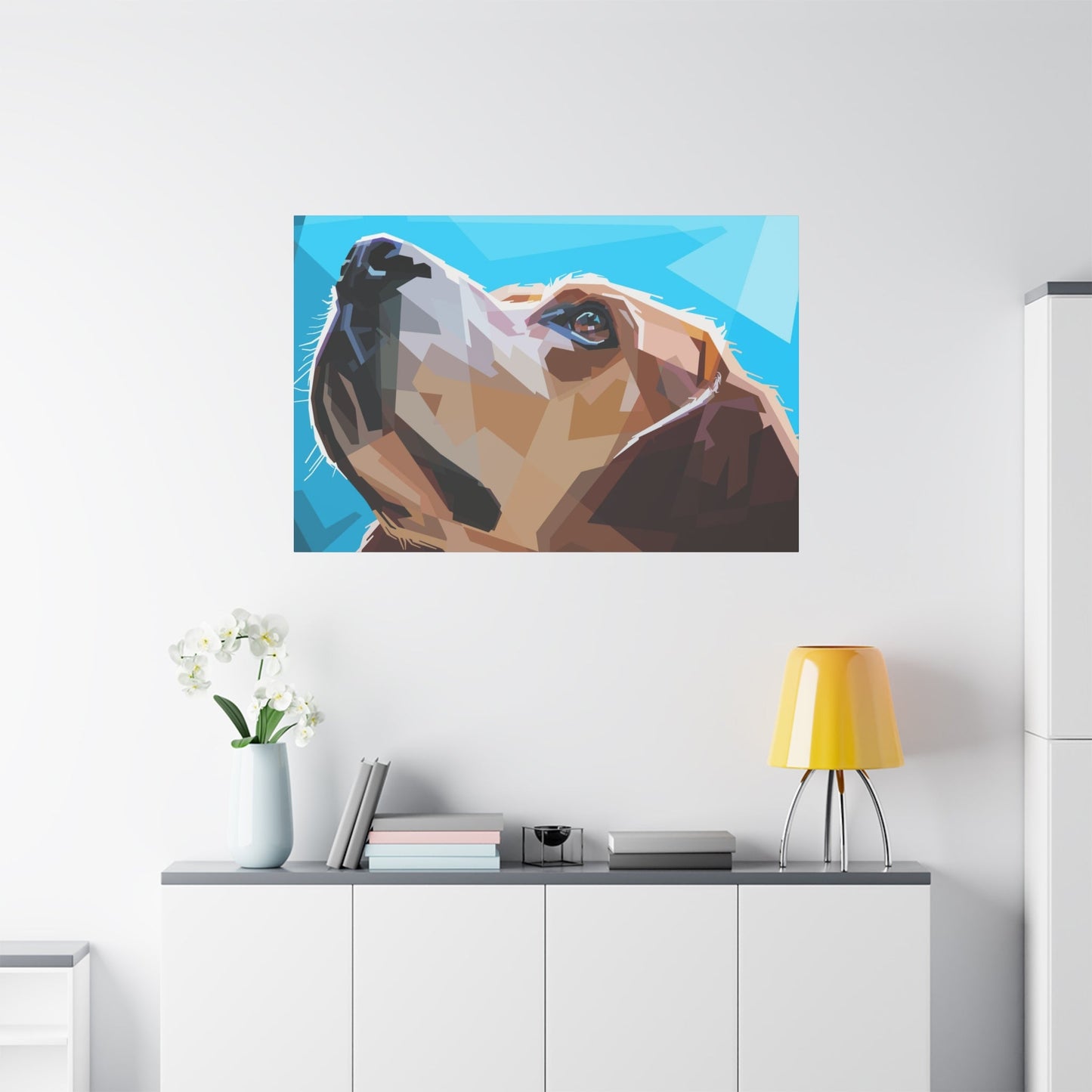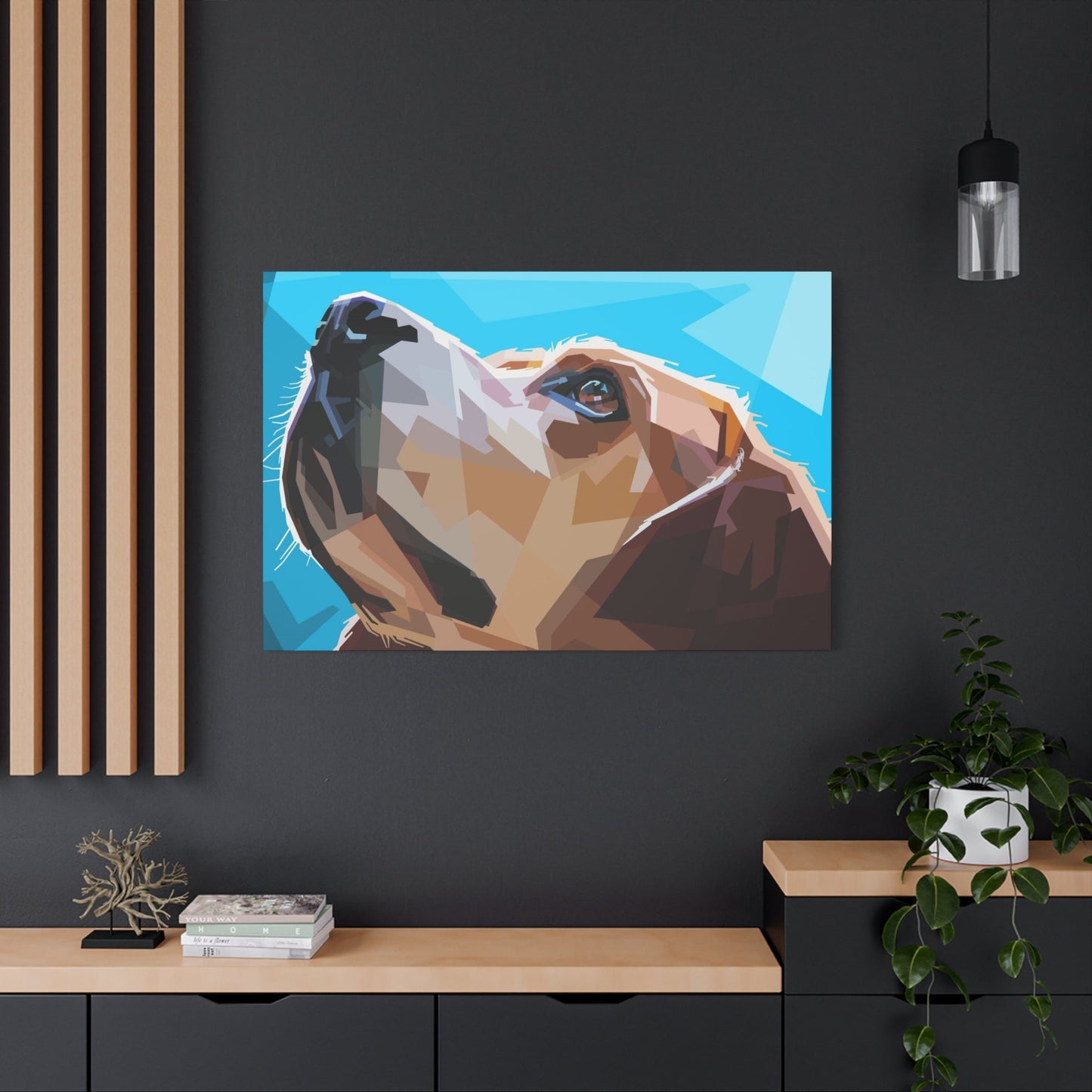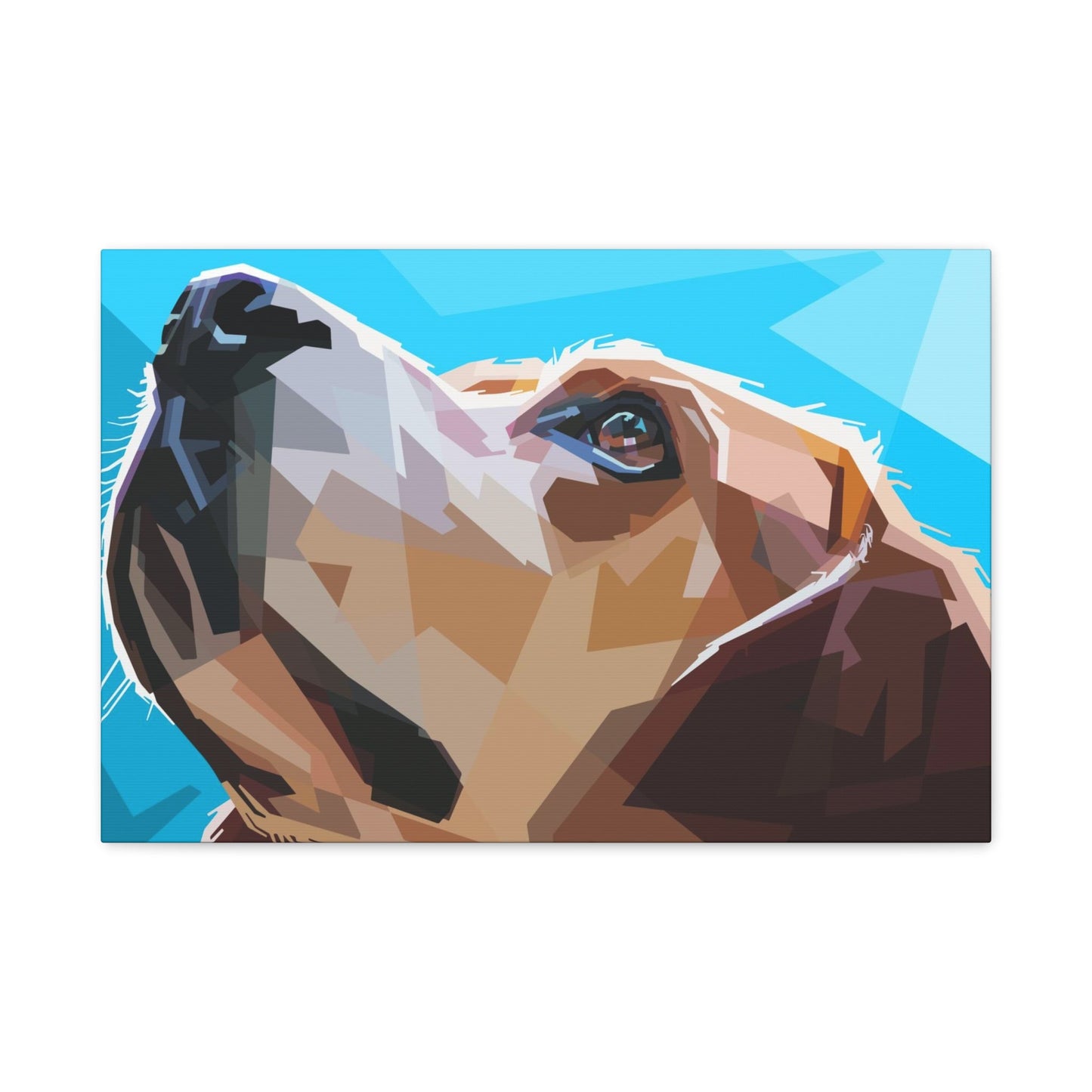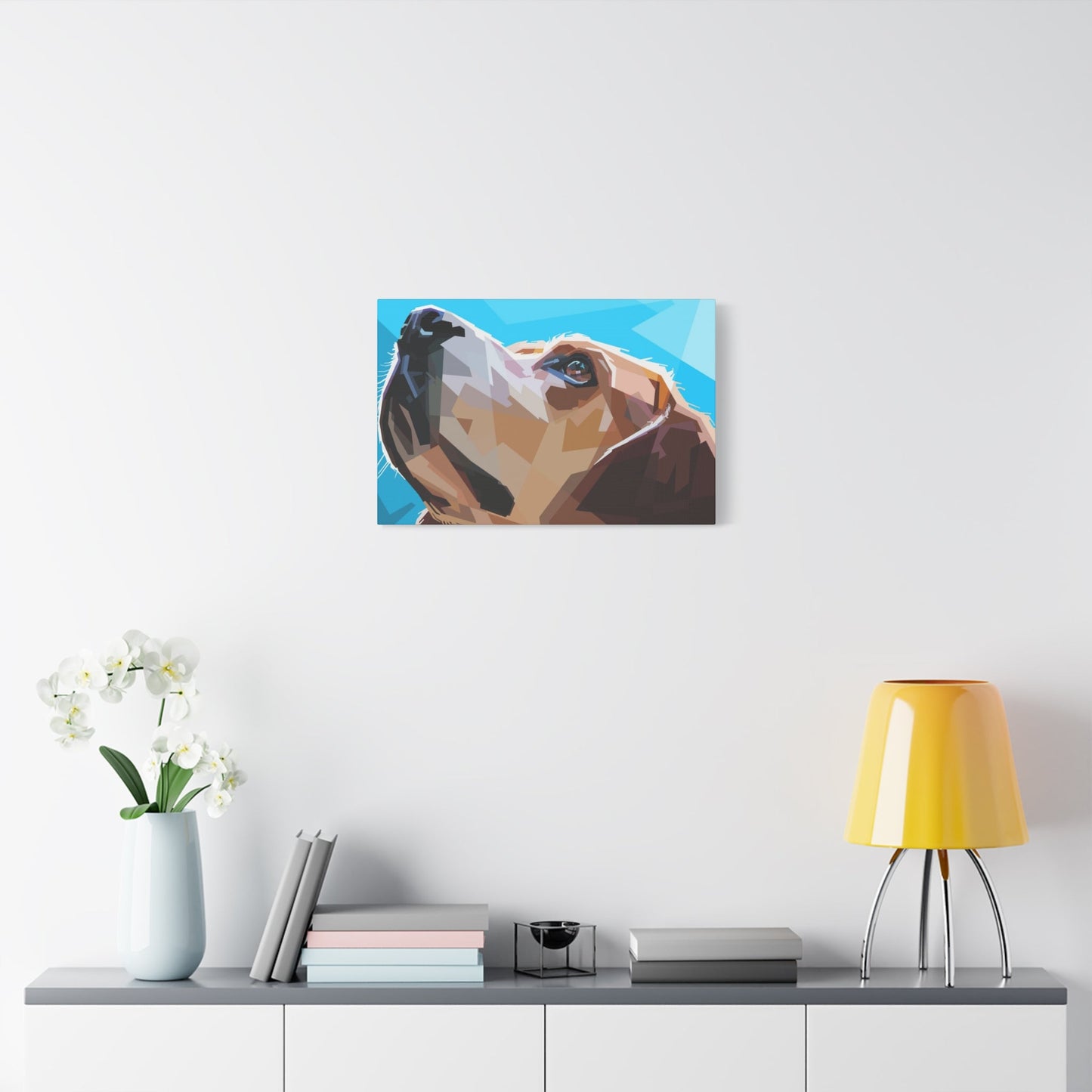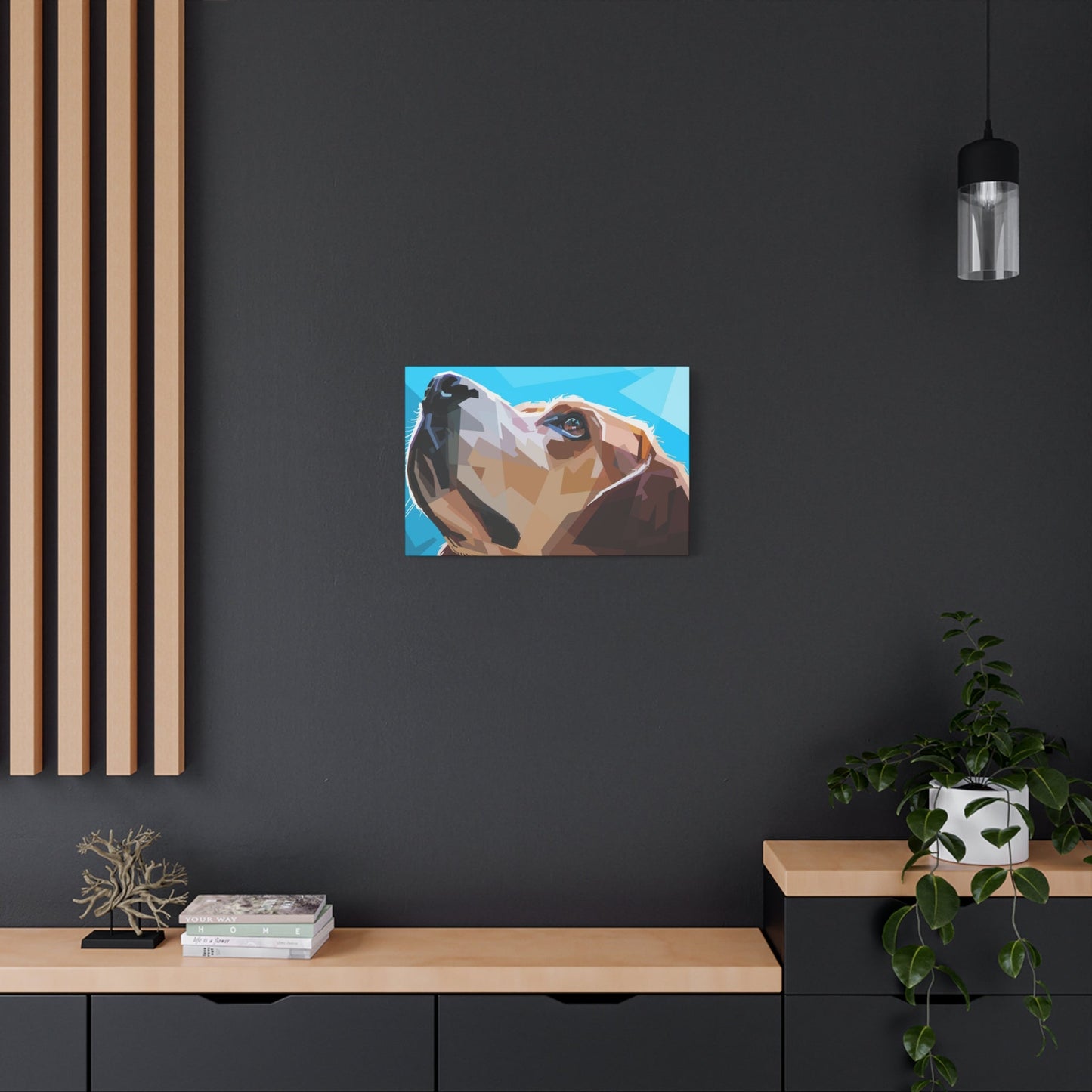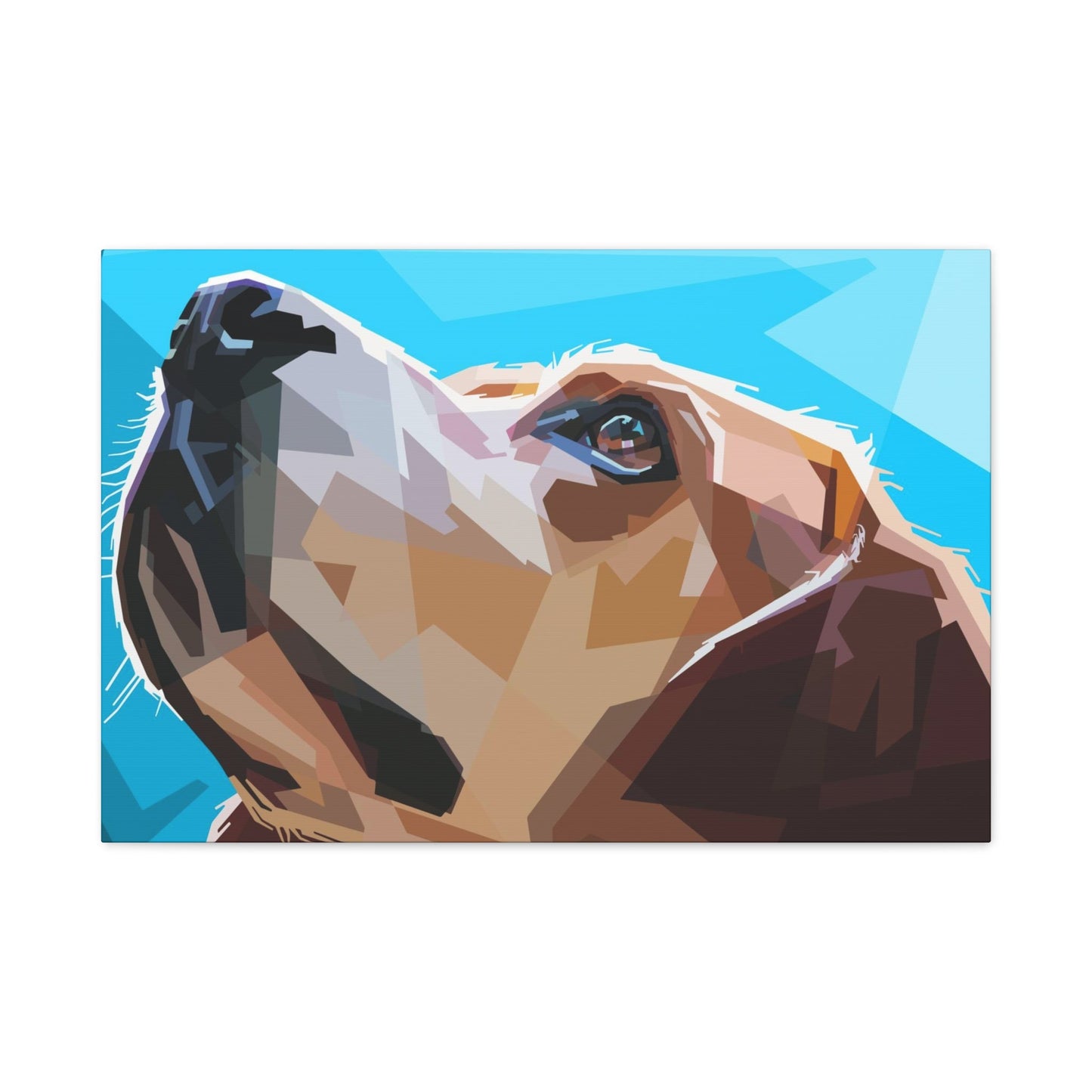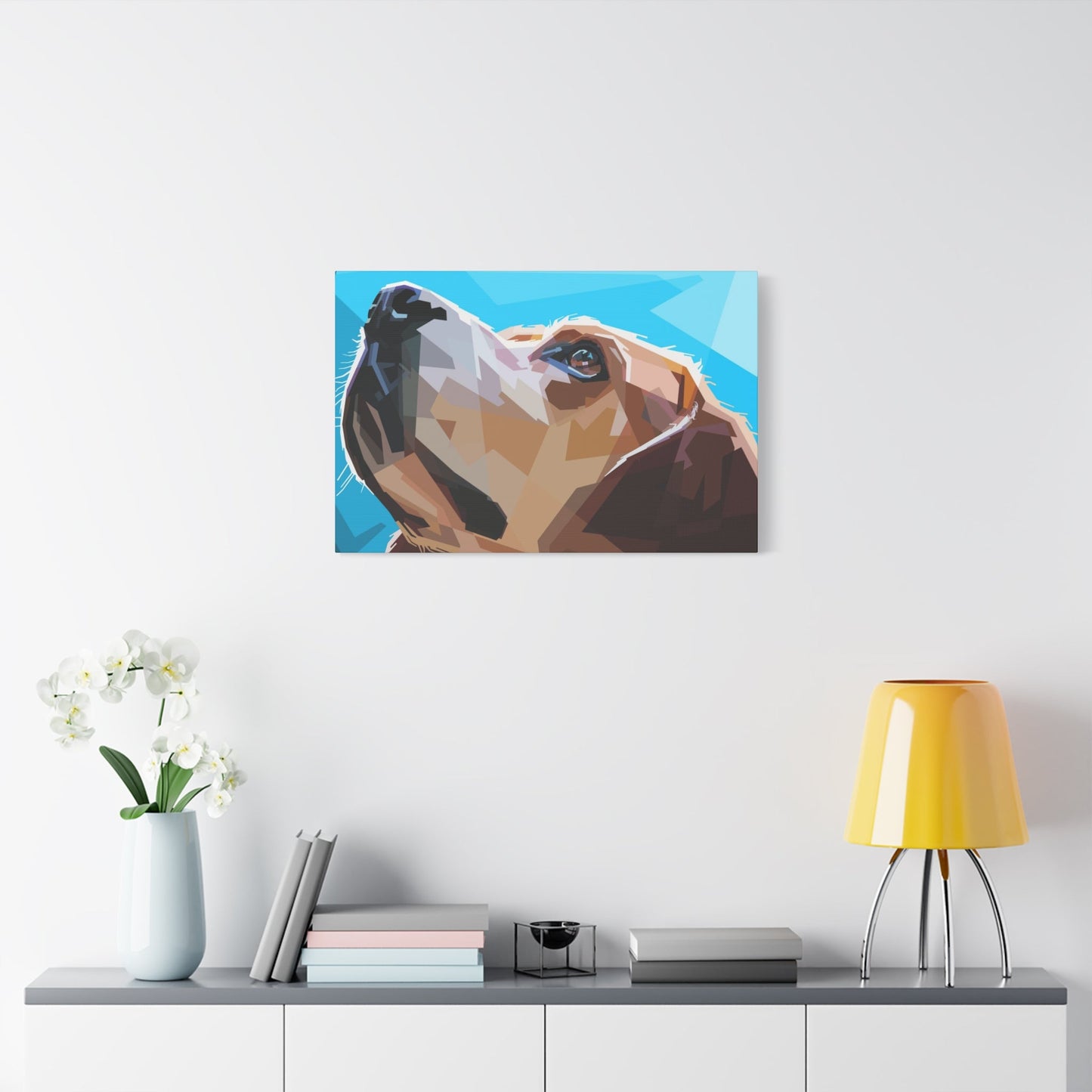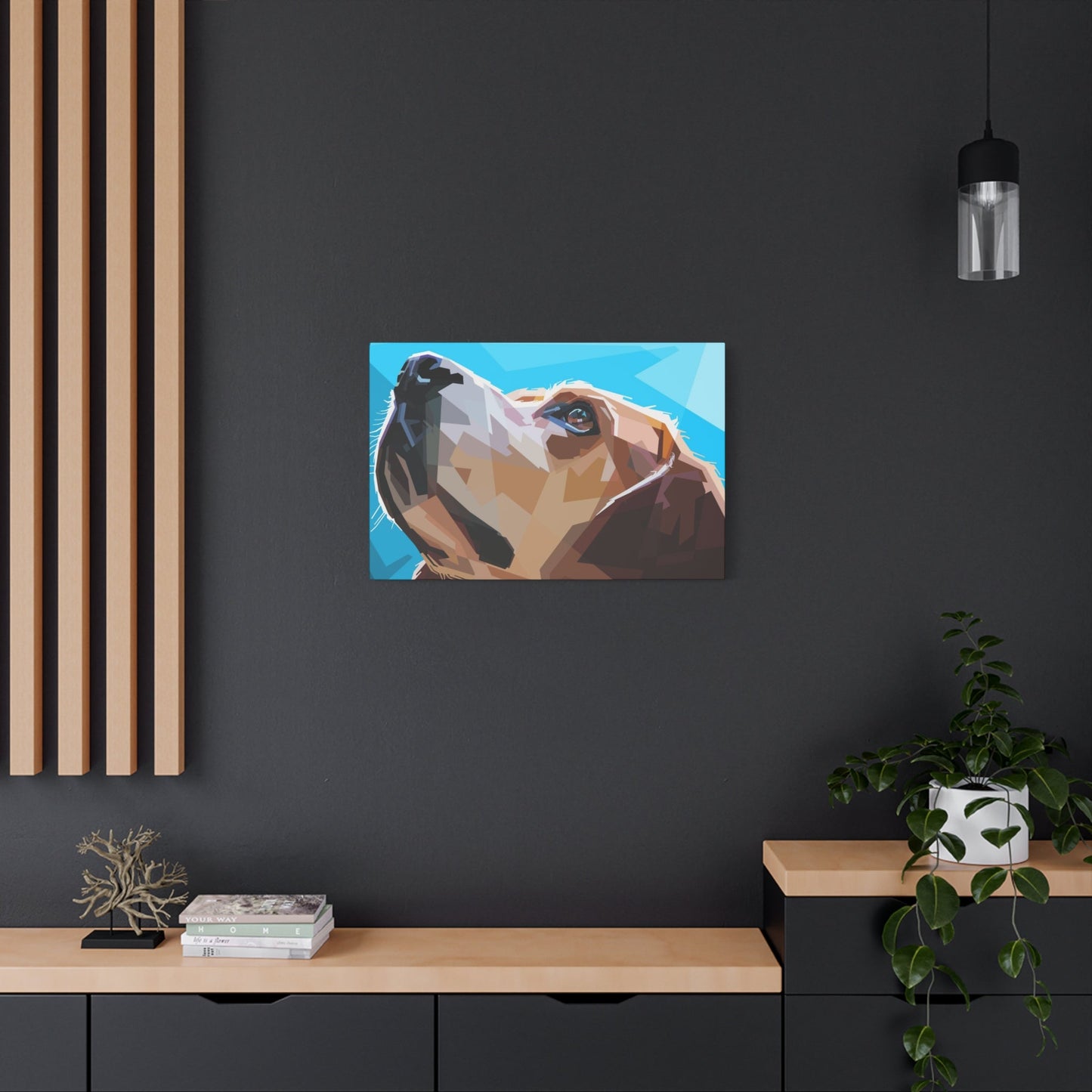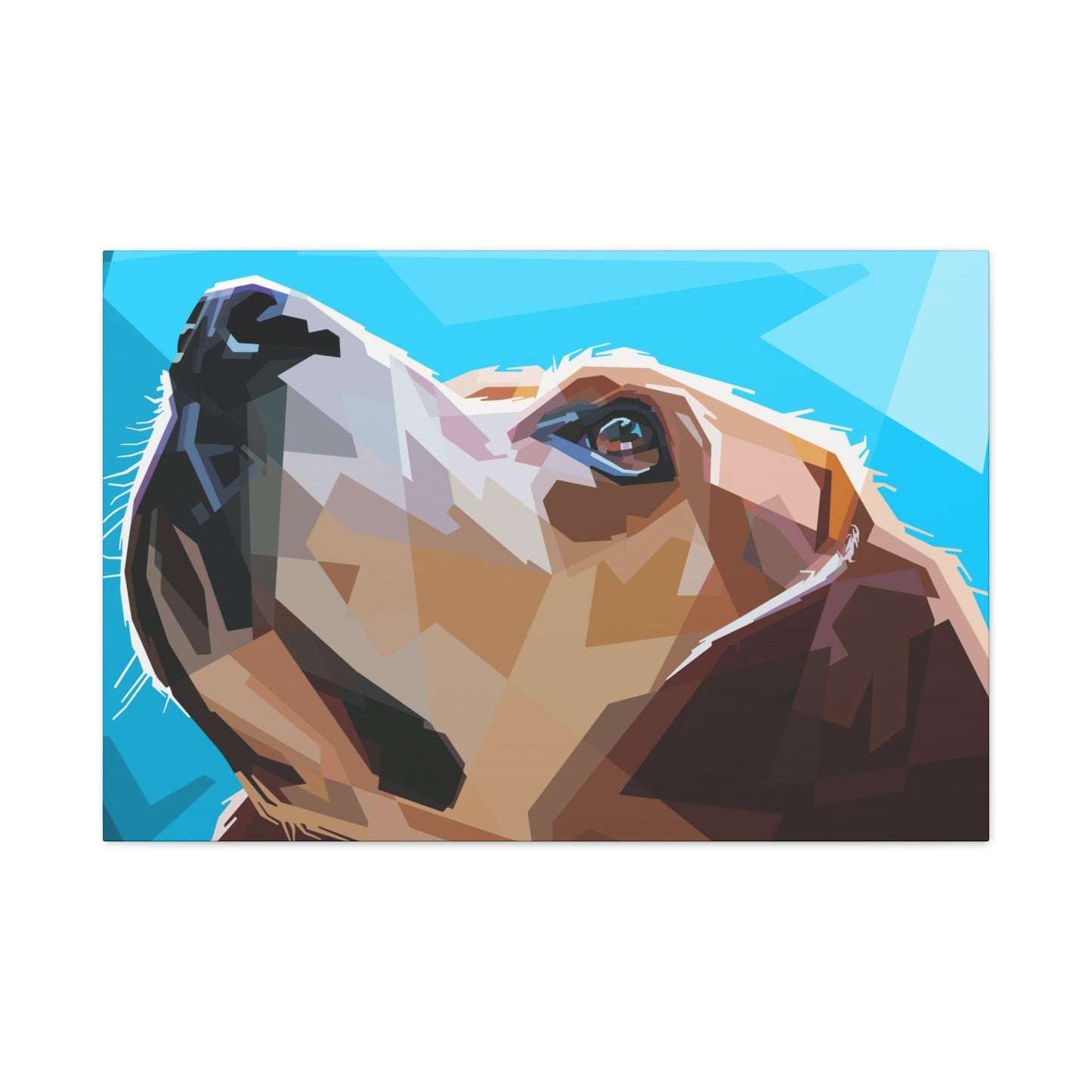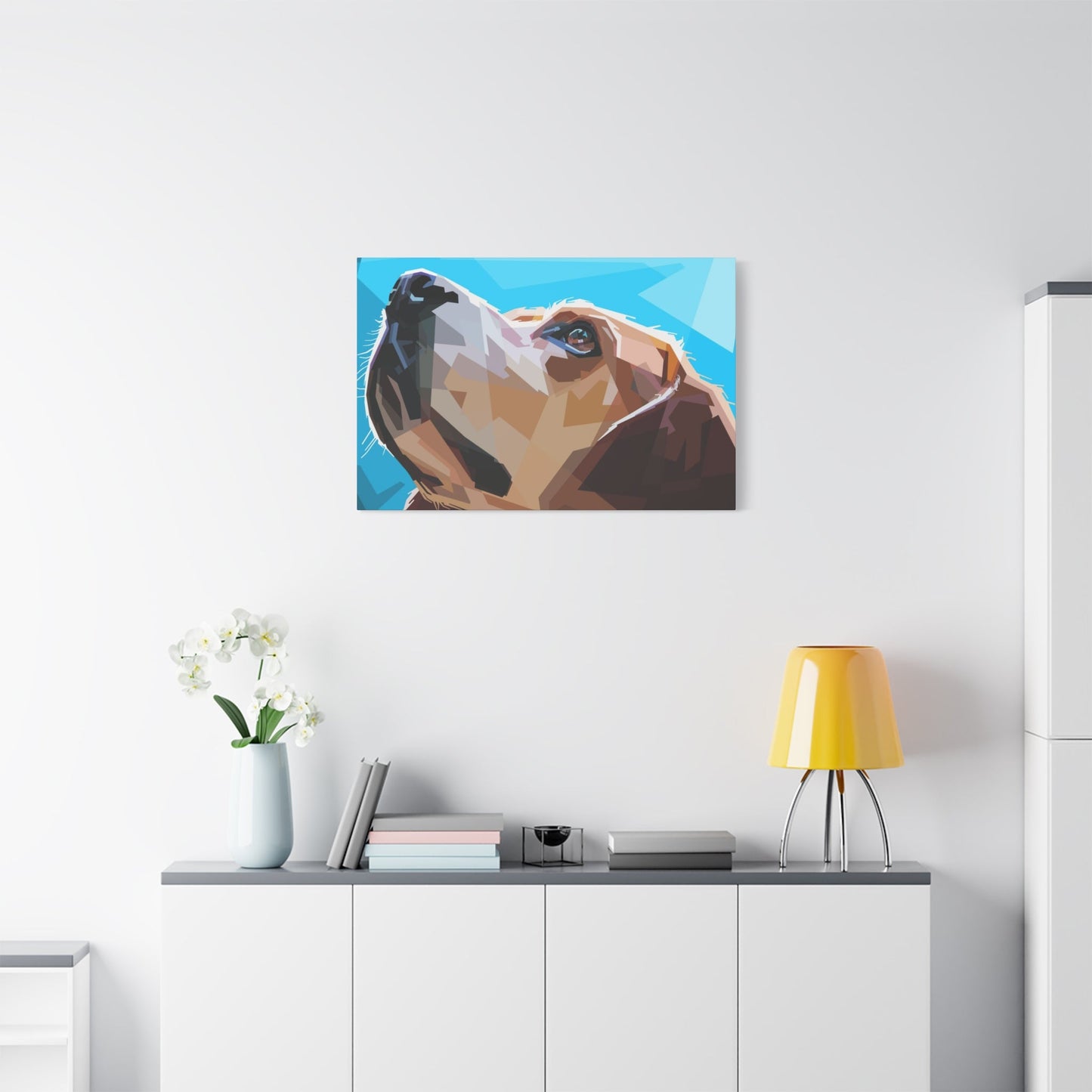Vibrant Pop Wall Art: Energizing Every Corner with Bold Visual Expression
Pop wall art represents one of the most dynamic and expressive forms of visual decoration available today. This vibrant artistic movement brings explosive energy, bold colors, and contemporary flair into any environment. Whether you're looking to revitalize a mundane room or create an artistic focal point, pop wall art offers endless possibilities for creative expression and visual storytelling.
The appeal of pop wall art lies in its ability to instantly transform environments through powerful imagery, striking color combinations, and culturally relevant themes. This artistic style draws inspiration from popular culture, consumer products, celebrities, and everyday objects, reimagining them through a lens of artistic interpretation that celebrates the ordinary while making it extraordinary.
Modern homeowners and decorators increasingly turn to pop wall art as a means of personal expression, using these pieces to communicate their personality, interests, and aesthetic preferences. The versatility of this art form allows it to complement various decorating styles, from minimalist contemporary settings to eclectic bohemian environments.
Explosive Color Dynamics That Revitalize Living Areas
Pop wall art excels at introducing vibrant energy into residential environments through its signature use of bold, saturated colors and high-contrast compositions. These artistic pieces function as visual catalysts, immediately drawing attention and creating focal points that energize entire rooms.
The psychological impact of color in pop wall art cannot be understated. Bright reds, electric blues, sunny yellows, and vibrant greens work together to create emotional responses that range from excitement and enthusiasm to comfort and joy. These colors stimulate the mind, promote creativity, and can even influence mood and productivity levels throughout the day.
When strategically placed, pop wall art pieces create visual rhythms that guide the eye around a room, establishing movement and flow that prevents environments from feeling static or boring. The dynamic nature of these artworks encourages engagement and conversation, making them perfect for social areas where interaction and energy are desired.
Color psychology plays a crucial role in how pop wall art affects occupants. Warm colors like orange and red can increase energy levels and promote social interaction, making them ideal for dining rooms and gathering areas. Cool colors like blue and purple can create calming effects while still maintaining visual interest, making them suitable for bedrooms and relaxation zones.
The contrast between bold pop art colors and neutral backgrounds creates visual tension that keeps environments feeling fresh and engaging. This interplay between vibrant artwork and subdued surroundings allows the art to truly shine while maintaining overall balance in the room's aesthetic.
Pop wall art also serves as an excellent starting point for color schemes throughout a room. The dominant colors in a chosen piece can be echoed in accessories, textiles, and accent pieces, creating a cohesive design narrative that feels intentional and professionally curated.
Contemporary Pop Art Movements Shaping Current Trends
The evolution of pop wall art continues to reflect contemporary culture, technology, and social movements. Current trends showcase how artists adapt traditional pop art principles to address modern themes and utilize new techniques and materials.
Digital pop art has emerged as a dominant trend, with artists creating works that incorporate pixelated effects, glitch aesthetics, and computer-generated imagery. These pieces reflect our increasingly digital world while maintaining the bold, accessible nature of traditional pop art.
Environmental consciousness has influenced many contemporary pop artists, who now create works that comment on sustainability, climate change, and ecological responsibility. These pieces often feature natural elements reimagined through pop art techniques, creating thought-provoking works that are both beautiful and meaningful.
Street art influences have become increasingly prominent in pop wall art, with many pieces incorporating graffiti-style lettering, urban imagery, and edgy graphic elements. This trend brings the energy and authenticity of street culture into residential and commercial environments.
Minimalist pop art represents another significant trend, where artists strip away excessive details while maintaining the bold impact characteristic of the movement. These pieces work particularly well in contemporary settings where clean lines and uncluttered aesthetics are preferred.
Cultural mashups have become increasingly popular, with artists combining elements from different cultures, time periods, and artistic traditions to create unique hybrid works. These pieces celebrate diversity and global connectivity while maintaining the accessible nature of pop art.
The rise of customizable and personalized pop art has given consumers the ability to commission pieces that reflect their individual interests, experiences, and preferences. This trend toward personalization allows for truly unique artworks that cannot be found anywhere else.
Creating Powerful Visual Statements Through Strategic Art Selection
Pop wall art possesses an unparalleled ability to make bold statements that reflect personal values, interests, and aesthetic preferences. The key to harnessing this power lies in understanding how different elements work together to create cohesive and impactful displays.
Scale plays a crucial role in statement-making. Large-format pop art pieces command attention and can serve as room anchors, while smaller pieces can be grouped to create gallery walls that tell more complex visual stories. Understanding the relationship between artwork size and room proportions ensures that pieces make appropriate impacts without overwhelming or underwhelming their environments.
Color intensity and contrast determine how powerfully a piece communicates its message. High-contrast works with bold color combinations create immediate impact and draw viewers in from across a room. More subtle variations can create sophisticated statements that reward closer inspection and contemplation.
Subject matter selection allows for personal expression and cultural commentary. Pop art pieces featuring iconic imagery, contemporary figures, or cultural symbols can communicate specific messages about the owner's interests, values, or sense of humor. The choice between abstract and representational imagery affects how viewers interpret and respond to the work.
Placement strategy significantly influences the statement potential of pop wall art. Pieces positioned at eye level in high-traffic areas receive maximum exposure and impact. Corner placements can create intimate viewing experiences, while hallway installations can transform transitional areas into gallery-like experiences.
Grouping techniques enable the creation of complex visual narratives through multiple related pieces. Themed collections, color-coordinated groupings, or contrasting combinations can tell stories and create dialogue between different works, multiplying the impact of individual pieces.
Legendary Figures and Movements That Defined Pop Art History
Understanding the historical context and influential figures behind pop art enhances appreciation for contemporary pop wall art while providing insight into the movement's enduring appeal and cultural significance.
Andy Warhol stands as perhaps the most recognizable figure in pop art history, revolutionizing artistic expression through his exploration of consumer culture, celebrity, and mass production. His iconic works featuring Campbell's soup cans, Marilyn Monroe, and Elvis Presley demonstrated how everyday objects and popular figures could be transformed into high art through repetition, color manipulation, and screen printing techniques.
Roy Lichtenstein contributed significantly to pop art through his comic book-inspired works that featured Ben-Day dots, bold outlines, and primary colors. His paintings elevated commercial illustration techniques to fine art status, proving that popular culture imagery could carry the same weight and meaning as traditional artistic subjects.
Keith Haring brought pop art into the street and public consciousness through his accessible imagery and social activism. His dancing figures, radiant babies, and barking dogs became universally recognized symbols that transcended traditional art world boundaries, demonstrating pop art's potential for mass communication and social commentary.
David Hockney's contributions to pop art included his exploration of California culture, swimming pools, and domestic life through vibrant colors and simplified forms. His work helped establish pop art as a legitimate artistic movement capable of addressing personal and cultural themes with sophistication and depth.
James Rosenquist created large-scale collages that combined disparate imagery from advertising, politics, and everyday life. His works demonstrated how pop art could address complex social and political issues while maintaining visual appeal and accessibility.
These pioneering artists established principles and techniques that continue to influence contemporary pop wall art creators, ensuring that the movement remains relevant and dynamic while honoring its historical foundations.
Budget-Conscious Approaches to Pop Art Decoration
Creating stunning pop art displays doesn't require significant financial investment when approached with creativity and strategic thinking. Numerous affordable options exist for incorporating this dynamic art form into any environment.
Print reproductions offer an excellent entry point into pop wall art collecting. High-quality prints of famous works or contemporary pieces provide visual impact at a fraction of original artwork costs. Digital printing technology has advanced to the point where reproductions can capture the vibrancy and detail of original pieces.
Online marketplaces and print-on-demand services have democratized access to pop art, allowing consumers to discover emerging artists and unique designs at affordable prices. These platforms often feature exclusive designs not available elsewhere, providing opportunities to own distinctive pieces.
Local art fairs and student exhibitions frequently feature affordable pop art works from emerging artists. These venues provide opportunities to discover new talent while supporting local artistic communities. Many pieces at these events are priced accessibly while offering the satisfaction of owning original artworks.
DIY approaches allow for completely customized pop art creation at minimal cost. Using basic art supplies, templates, and creativity, anyone can create personalized pop art pieces that reflect individual tastes and complement specific color schemes or themes.
Thrift stores and estate sales sometimes yield vintage posters, advertisements, and ephemera that can be repurposed as pop art displays. These finds often possess authentic vintage appeal while providing unique decorative elements that cannot be purchased new.
Rotating displays allow limited budgets to achieve maximum variety by changing artworks seasonally or based on mood. This approach prevents spaces from feeling static while allowing exploration of different styles and themes over time.
Pop Art Integration in Modern Urban Living Environments
Contemporary urban living presents unique opportunities and challenges for incorporating pop wall art into residential environments. The dynamic energy of city life naturally complements the bold, vibrant nature of pop art, creating harmonious relationships between interior decoration and urban culture.
Loft and industrial living environments provide ideal backdrops for pop wall art displays. The raw textures, exposed structural elements, and open floor plans common in urban conversions create dramatic contrasts that make colorful pop art pieces appear even more vibrant and impactful.
Small urban apartments benefit significantly from pop art's ability to create visual interest without requiring physical floor area. Wall-mounted pieces maximize decorating impact while preserving precious living areas for functional use. The vertical emphasis of pop art displays draws the eye upward, creating the illusion of greater height and openness in compact environments.
Multi-functional living areas common in urban environments can be visually defined and organized through strategic pop art placement. Different artwork styles or themes can delineate dining areas from living areas, or work zones from relaxation areas, without requiring physical barriers or room dividers.
Urban lighting conditions, often characterized by artificial illumination and limited natural light, interact favorably with the bold colors and high contrast typical of pop art. These pieces maintain their visual impact under various lighting conditions, ensuring consistent decorative effect throughout different times of day.
The cultural diversity characteristic of urban environments provides rich inspiration for pop art selection. Pieces reflecting multicultural themes, urban experiences, or contemporary social issues resonate particularly well in city settings where diverse populations interact and cultural exchange occurs naturally.
Storage and acquisition challenges common in urban living can be addressed through digital art displays, temporary installations, and compact storage solutions that allow for artwork rotation and seasonal changes without requiring significant storage areas.
Harmonious Blending of Pop Art with Classic Vintage Aesthetics
The combination of pop wall art with vintage decorating elements creates fascinating visual dialogues between different historical periods and aesthetic approaches. This mixing strategy results in unique, layered environments that feel both nostalgic and contemporary.
Color coordination serves as the primary bridge between pop art and vintage elements. Pop pieces that incorporate colors found in vintage textiles, ceramics, or furniture create visual connections that unify disparate styles into cohesive environments. Sepia-toned or muted pop art works can complement vintage color palettes while maintaining contemporary edge.
Scale relationships between pop art and vintage furniture require careful consideration to achieve balance. Large pop art pieces can anchor vintage furniture groupings, while smaller works can complement delicate vintage accessories without overwhelming them. The key lies in creating visual weight distribution that feels intentional rather than accidental.
Thematic connections enable meaningful integration between pop art and vintage elements. Pop art pieces that reference historical periods, vintage advertising, or nostalgic imagery naturally complement authentic vintage items, creating storytelling opportunities that engage viewers and spark conversation.
Frame selection plays a crucial role in bridging aesthetic gaps between pop art and vintage decor. Vintage frames can soften the contemporary edge of pop art pieces, while modern frames can update vintage artwork, creating visual consistency across mixed collections.
Layering techniques allow for gradual integration of pop art into vintage-heavy environments. Starting with small pop art accents and gradually introducing larger pieces enables comfortable transition periods while maintaining overall aesthetic harmony.
The juxtaposition of old and new creates dynamic tension that keeps environments feeling fresh and engaging. This contrast prevents vintage-heavy rooms from feeling like museum displays while adding contemporary relevance to historical elements.
Selecting Appropriate Pop Art Pieces for Individual Style Preferences
Personal style identification forms the foundation for successful pop art selection, ensuring that chosen pieces authentically reflect individual tastes while complementing existing decorating schemes and lifestyle preferences.
Color preference analysis helps narrow the vast selection of available pop art pieces. Individuals who gravitate toward warm color palettes will find satisfaction in works featuring reds, oranges, and yellows, while those preferring cool colors can focus on pieces emphasizing blues, purples, and greens.
Lifestyle considerations influence appropriate subject matter selection. Active individuals might prefer pop art featuring sports themes, urban imagery, or dynamic compositions, while those seeking relaxation might choose pieces with softer themes or more meditative qualities despite maintaining pop art's characteristic boldness.
Personality expression through pop art allows for authentic self-representation in living environments. Humorous individuals might gravitate toward witty or satirical pieces, while serious personalities might prefer pop art that addresses social issues or cultural themes with depth and meaning.
Existing decorating schemes must be considered when selecting pop art pieces to ensure cohesive integration. Contemporary minimalist environments might benefit from clean-lined pop art with limited color palettes, while eclectic bohemian settings can accommodate more complex, multi-colored works.
Cultural interests and background influence appropriate pop art selection. Pieces reflecting personal heritage, travel experiences, or cultural fascinations create meaningful connections between artwork and owner while providing conversation starting points and personal storytelling opportunities.
Future flexibility should be considered when making pop art selections. Choosing pieces with broad appeal and adaptable color schemes ensures that artworks remain relevant through changing decorating trends and evolving personal preferences.
Pop Art's Influence on Contemporary Cultural Expression
Pop art's impact extends far beyond decorative applications, serving as a powerful medium for cultural commentary, social critique, and contemporary expression that reflects and shapes modern society's values and concerns.
Commercial culture critique remains central to pop art's mission, with contemporary artists continuing to examine consumerism, advertising, and corporate influence on daily life. These works challenge viewers to consider their relationships with products, brands, and marketing messages while presenting these critiques through accessible, visually appealing formats.
Social media influence has created new subject matter and distribution methods for pop art, with artists incorporating hashtags, emoji, and digital culture references into their work. These pieces reflect how technology shapes communication, relationships, and self-expression in the digital age.
Political commentary through pop art provides accessible entry points for complex social and political discussions. Artists use familiar imagery and popular culture references to address issues like inequality, environmental concerns, and governance, making these topics more approachable for general audiences.
Celebrity culture continues to provide rich subject matter for pop artists, who examine fame, influence, and public persona through artistic interpretation. These works often reveal the constructed nature of celebrity while celebrating or critiquing the roles famous individuals play in society.
Global cultural exchange facilitated by digital communication has enabled pop artists to incorporate diverse cultural elements, creating works that reflect our interconnected world while addressing themes of globalization, cultural appropriation, and cross-cultural understanding.
Generational perspectives influence how different age groups interact with and interpret pop art, with younger viewers often recognizing contemporary references while older audiences might appreciate historical callbacks and vintage aesthetics incorporated into modern works.
Creative Pop Art Solutions for Youth-Oriented Bedroom Environments
Teenage bedroom decoration presents unique opportunities for pop wall art integration, as young people often embrace bold colors, contemporary themes, and expressive imagery that align naturally with pop art aesthetics.
Identity expression through pop art allows teenagers to communicate their developing personalities, interests, and values through carefully selected pieces. Works featuring favorite musicians, sports figures, inspirational quotes, or cultural symbols enable authentic self-representation in personal environments.
Color psychology considerations become particularly important in teenage bedrooms, where artwork can influence mood, energy levels, and study habits. Bright, energizing colors can promote creativity and social interaction, while cooler tones might support relaxation and sleep quality.
Study area enhancement through pop art can improve focus and motivation while maintaining visual interest. Inspirational quotes, achievement-themed imagery, or intellectually stimulating visual elements can create positive associations with academic activities.
Social interaction facilitation occurs naturally when pop art serves as conversation starters and expressions of shared interests. Pieces reflecting popular culture, current trends, or social causes can help teenagers connect with friends and express group affiliations.
Budget considerations often limit teenage decorating options, making affordable pop art prints, DIY projects, and digital displays particularly attractive. These cost-effective solutions enable frequent changes that keep pace with evolving tastes and interests.
Growth accommodation requires selecting pop art pieces that can evolve with changing preferences or be easily updated without major redecoration efforts. Flexible display systems, interchangeable elements, and timeless themes ensure longevity despite rapidly changing teenage interests.
Professional Framing Techniques for Maximum Visual Impact
Proper framing significantly enhances pop wall art's visual impact while providing protection and professional presentation that elevates the overall viewing experience and perceived value of displayed pieces.
Frame selection dramatically affects how pop art pieces are perceived and how they integrate with surrounding decor. Bold, contemporary frames can amplify pop art's modern edge, while classic frame styles can bridge gaps between contemporary artwork and traditional decorating elements.
Matting decisions influence visual presentation by creating breathing room around artwork, controlling color interactions, and providing transition zones between art and frame. White mats offer clean, gallery-like presentation, while colored mats can either complement or contrast with artwork colors for different effects.
Glass options affect both protection and presentation quality. Regular glass provides basic protection at an affordable price, while museum-quality glass reduces reflection and UV damage, ensuring long-term color preservation and optimal viewing conditions.
Sizing proportions between artwork, mat, and frame require careful consideration to achieve balanced presentations. Oversized frames can overwhelm small pieces, while undersized frames might not provide adequate visual weight for large artworks.
Mounting techniques ensure that artwork remains flat, secure, and undamaged within frames. Proper mounting prevents warping, buckling, and other damage while maintaining professional appearance standards that enhance the artwork's perceived value.
Installation considerations include wall preparation, hanging systems, and positioning relative to lighting sources and viewing angles. Proper installation ensures that framing investments achieve maximum impact while protecting both artwork and wall surfaces.
Workplace Creativity Enhancement Through Strategic Pop Art Placement
Office environments benefit significantly from pop wall art integration, as these dynamic pieces can stimulate creativity, improve morale, and create more engaging work atmospheres that support productivity and employee satisfaction.
Creativity stimulation occurs naturally when employees encounter visually stimulating artwork throughout their work days. Pop art's bold colors, unexpected imagery, and cultural references can spark new ideas, encourage innovative thinking, and provide mental breaks from routine tasks.
Mood enhancement through vibrant colors and uplifting imagery helps combat the sterile, institutional feel common in many office environments. Pop art pieces can inject personality and warmth into work areas, making them feel more welcoming and comfortable for both employees and visitors.
Brand expression opportunities arise when companies select pop art pieces that reflect corporate values, industry focus, or company culture. These artistic choices can communicate important messages about organizational personality while creating memorable impressions on clients and customers.
Conversation facilitation naturally occurs around interesting pop art displays, encouraging interaction between colleagues and providing shared experiences that can strengthen workplace relationships and team cohesion.
Stress reduction benefits emerge from the psychological effects of engaging with visually interesting artwork. Brief moments of art appreciation can provide mental respites from work pressures while contributing to overall workplace satisfaction.
Professional image enhancement occurs when offices feature thoughtfully selected and properly displayed pop art collections. These displays demonstrate attention to detail, cultural awareness, and investment in environmental quality that reflects positively on business professionalism.
Building Meaningful Pop Art Collections for Long-term Enjoyment
Developing a curated pop art collection requires strategic thinking, market knowledge, and clear vision to ensure that acquisitions provide lasting satisfaction while potentially building financial value over time.
Artist research forms the foundation of intelligent collecting, involving investigation into creators' backgrounds, artistic development, market performance, and critical reception. Understanding an artist's trajectory helps predict future value potential while ensuring alignment with personal aesthetic preferences.
Market analysis provides insight into pricing trends, availability patterns, and investment potential for different types of pop art works. This knowledge enables informed purchasing decisions and helps collectors identify undervalued pieces or emerging artists worth supporting.
Condition assessment skills become crucial when considering vintage or previously owned pop art pieces. Understanding how age, storage conditions, and handling affect artwork value and longevity helps collectors make wise acquisition decisions and properly care for their investments.
Documentation practices ensure that collections maintain their value and provenance over time. Proper record-keeping, including purchase receipts, authenticity certificates, and condition reports, provides essential information for insurance, resale, or estate planning purposes.
Display rotation strategies allow collectors to enjoy their entire collection over time while preventing damage from continuous light exposure. Rotating displays also keep living environments feeling fresh and provide opportunities to rediscover favorite pieces.
Conservation considerations involve proper storage, handling, and display practices that preserve collection value while enabling enjoyment. Understanding environmental factors, cleaning techniques, and damage prevention helps collectors maintain their investments for future generations.
Accessible DIY Pop Art Creation for Creative Beginners
Creating original pop art pieces provides opportunities for personal expression, cost savings, and the satisfaction of displaying truly unique artworks that cannot be found anywhere else in the world.
Material selection forms the starting point for DIY pop art projects, with basic supplies including acrylic paints, brushes, canvases or poster board, and basic drawing materials. These accessible materials enable experimentation without significant financial investment.
Technique exploration begins with understanding fundamental pop art principles including bold color usage, simplified forms, repeated imagery, and cultural referencing. These elements can be practiced and combined in various ways to develop personal artistic approaches.
Reference material gathering involves collecting images, photographs, advertisements, and other source materials that inspire artistic interpretation. These references provide starting points for original compositions while ensuring connection to pop art's cultural commentary tradition.
Color theory application helps create vibrant, harmonious color combinations that achieve pop art's characteristic visual impact. Understanding how colors interact, complement, and contrast enables more sophisticated artistic decision-making.
Composition planning ensures that finished pieces achieve desired visual effects and fit appropriately within intended display environments. Sketching, layout experimentation, and size consideration help prevent costly mistakes and ensure satisfactory results.
Finishing techniques including varnishing, mounting, and framing preparation ensure that DIY creations achieve professional appearance standards worthy of prominent display. These final steps transform amateur efforts into impressive artistic statements.
Advanced Composition Strategies for Pop Art Display Arrangements
Creating sophisticated pop art display arrangements requires understanding visual principles, spatial relationships, and aesthetic balance to achieve maximum impact while maintaining harmonious environmental integration.
Visual weight distribution involves balancing different elements within display arrangements to create stable, comfortable viewing experiences. Large pieces, bright colors, and complex imagery carry more visual weight and must be balanced with appropriate spacing and complementary elements.
Rhythm creation through repetition of colors, shapes, or themes establishes visual flow that guides viewers through display arrangements while creating coherent aesthetic experiences. This rhythm can be subtle or dramatic depending on desired effects and environmental contexts.
Focal point establishment ensures that display arrangements have clear visual hierarchies that direct attention appropriately. Primary focal points anchor entire arrangements, while secondary elements provide support and visual interest without competing for dominance.
Scale relationships between individual pieces and surrounding architectural elements require careful consideration to achieve appropriate proportional balance. Understanding these relationships prevents displays from appearing too small or overwhelming for their environments.
Color harmony achievement involves coordinating not only colors within individual pieces but also relationships between multiple works and surrounding environmental elements. This coordination creates cohesive visual experiences that feel intentional and sophisticated.
Spatial planning accounts for viewing distances, traffic patterns, and lighting conditions to ensure that display arrangements function effectively within their intended environments while providing comfortable viewing experiences from various angles and positions.
Pop Art's Evolution Through Digital Media and Technology
Contemporary pop art continues to evolve through integration with digital technologies, creating new possibilities for artistic expression, distribution, and interaction that expand the movement's reach and relevance.
Digital creation tools enable artists to experiment with effects, colors, and compositions impossible through traditional media while maintaining pop art's essential characteristics. These tools democratize artistic creation while enabling rapid iteration and experimentation.
Social media distribution has revolutionized how pop art reaches audiences, enabling direct artist-to-consumer relationships while bypassing traditional gallery systems. This accessibility has expanded pop art's influence while creating new market opportunities for emerging artists.
Interactive elements increasingly appear in pop art installations, incorporating motion sensors, touch interfaces, and digital displays that respond to viewer presence and interaction. These technological integrations create dynamic experiences that evolve based on audience engagement.
Augmented reality applications allow pop art to break free from traditional wall-mounted limitations, creating three-dimensional experiences that can appear anywhere through smartphone or tablet interfaces. This technology enables temporary installations and location-specific artistic experiences.
Cryptocurrency and blockchain technologies are creating new models for pop art ownership, distribution, and authenticity verification through non-fungible tokens and digital ownership certificates. These developments are reshaping how pop art functions as both artistic expression and financial investment.
Artificial intelligence tools increasingly assist pop art creation through automated design generation, color palette suggestions, and composition optimization. These technologies augment human creativity while raising questions about authorship and artistic authenticity in the digital age.
Cultural Significance and Societal Impact of Pop Art Movement
Pop art's influence extends far beyond aesthetic considerations, serving as a lens through which society examines itself while challenging traditional distinctions between high and low culture, commercial and artistic expression.
Cultural democratization represents one of pop art's most significant contributions, making artistic appreciation accessible to broader audiences through familiar imagery and mass-production techniques. This accessibility challenges elitist attitudes about art appreciation while celebrating everyday culture.
Consumer culture critique remains central to pop art's mission, with artists examining relationships between individuals and commercial systems that shape daily experiences. These critiques encourage viewers to question their consumption habits and consider the role of advertising in shaping desires and behaviors.
Media literacy development occurs naturally through engagement with pop art, as viewers learn to recognize manipulation techniques, symbolic meanings, and cultural references embedded within both artistic works and commercial media. This skill becomes increasingly important in media-saturated environments.
Generational dialogue facilitation happens when pop art references span multiple decades, creating opportunities for different age groups to share experiences and perspectives related to cultural touchstones and historical moments represented in artwork.
Social commentary platforms enable artists to address contemporary issues including inequality, environmental concerns, political developments, and cultural change through accessible visual languages that engage broad audiences in important conversations.
Historical documentation function emerges as pop art captures specific moments, trends, and cultural phenomena that define different eras. These artistic records provide future generations with insight into contemporary values, concerns, and aesthetic preferences.
Seasonal and Thematic Pop Art Display Strategies
Strategic rotation of pop art displays allows for seasonal variety, thematic coordination, and continued visual interest that prevents environments from becoming static or predictable while maximizing investment in art collections.
Seasonal color coordination can align pop art displays with changing natural environments and holiday themes while maintaining year-round visual appeal. Spring selections might emphasize fresh greens and bright yellows, while winter displays could feature deeper blues and metallic accents.
Holiday integration opportunities arise when pop art collections include pieces suitable for specific celebrations or cultural observances. These themed displays create festive atmospheres while demonstrating thoughtful environmental planning and cultural awareness.
Mood-based arrangements allow display changes to reflect desired atmospheric effects, with energizing pieces for productive periods and calming works for relaxation phases. This flexibility enables environmental customization based on seasonal activities and personal needs.
Storage solutions become crucial for display rotation systems, requiring organized, protective storage that preserves artwork condition while enabling easy access for seasonal changes. Proper storage extends collection life while supporting flexible display strategies.
Planning systems help coordinate seasonal changes with other decorating elements including textiles, accessories, and floral arrangements. This coordination ensures that pop art displays integrate harmoniously with broader seasonal decorating themes.
Documentation of rotation schedules and display combinations helps track which arrangements work successfully while identifying opportunities for improvement and expansion. This systematic approach maximizes the impact of collection investments over time.
Pop Art Investment Considerations and Market Dynamics
Understanding pop art as both aesthetic choice and potential financial investment requires knowledge of market factors, value determinants, and collection strategies that support long-term appreciation potential.
Artist reputation significantly influences pop art investment potential, with established artists commanding higher prices while offering greater value stability. Emerging artists may offer growth potential but carry higher risk factors that require careful evaluation and diversification strategies.
Market timing affects acquisition costs and potential returns, with economic conditions, cultural trends, and collector interest patterns influencing price movements. Understanding these cycles helps collectors make strategic purchasing decisions and optimize investment timing.
Authenticity verification becomes crucial for investment-grade pop art acquisitions, requiring documentation, provenance research, and expert authentication to ensure legitimate ownership and market acceptance. Counterfeit works carry significant financial and legal risks that careful verification can prevent.
Condition factors directly impact pop art investment value, with pristine examples commanding premium prices while damaged pieces may offer acquisition opportunities for collectors willing to invest in professional restoration services.
Market trends reflect broader cultural interests, technological developments, and generational preferences that influence demand for different pop art styles, subjects, and mediums. Understanding these trends helps predict future value movements and identify promising acquisition opportunities.
Professional guidance through galleries, advisors, and auction houses provides market expertise and access to premium works while offering authentication services and market insights that support informed investment decisions.
Global Perspectives and Cross-Cultural Pop Art Expressions
Pop art's international development has created diverse regional interpretations that reflect local cultures, artistic traditions, and social concerns while maintaining the movement's essential characteristics and global appeal.
Regional variations demonstrate how different cultures adapt pop art principles to address local themes, utilize traditional artistic techniques, and incorporate indigenous cultural elements. These variations enrich the global pop art dialogue while celebrating cultural diversity and creative adaptation.
Cultural exchange facilitation occurs through international pop art exhibitions, artist residencies, and digital platforms that enable cross-cultural collaboration and inspiration. These interactions create hybrid works that blend different cultural perspectives while advancing artistic innovation.
Social commentary adaptation reflects how artists from different regions use pop art techniques to address local political situations, cultural tensions, and social justice issues. These works demonstrate pop art's versatility as a vehicle for commentary while highlighting universal human concerns.
Economic accessibility varies significantly between different global markets, with some regions offering affordable pop art options while others maintain premium pricing structures. Understanding these variations helps collectors identify opportunities while supporting artists from diverse economic backgrounds.
Digital connectivity enables global pop art appreciation and acquisition despite geographic limitations, creating international collector communities and market opportunities that transcend traditional geographic boundaries. This connectivity democratizes access while expanding artistic influence.
Future developments in global pop art will likely continue reflecting technological advancement, environmental concerns, and cultural globalization while maintaining regional distinctiveness and local relevance that keeps the movement vibrant and meaningful across diverse populations.
Conclusion
Pop wall art represents far more than decorative enhancement; it embodies a dynamic form of cultural expression that transforms environments while reflecting contemporary society's values, concerns, and creative energy. Throughout this comprehensive exploration, we have examined how these vibrant artistic works serve multiple functions, from energizing living areas through bold color applications to providing sophisticated commentary on modern culture and consumer society.
The versatility of pop wall art enables its successful integration across diverse environments, from urban lofts and contemporary offices to vintage-inspired homes and teenage bedrooms. This adaptability stems from the movement's fundamental accessibility and its celebration of popular culture, making it relevant and engaging for audiences across different ages, backgrounds, and aesthetic preferences.
Strategic selection and display of pop wall art requires understanding of color psychology, spatial relationships, and individual style preferences to achieve maximum impact while maintaining environmental harmony. Whether pursuing budget-conscious decorating solutions or building serious art collections, informed decision-making ensures that investments provide lasting satisfaction and potential value appreciation over time.
The technological evolution of pop art through digital media, social platforms, and innovative display methods demonstrates the movement's continued relevance and adaptability in our rapidly changing world. These developments expand creative possibilities while maintaining the essential characteristics that have made pop art a enduring and influential artistic movement since its emergence in the mid-twentieth century.
From DIY creation projects that enable personal artistic expression to professional collection building that requires market knowledge and investment strategy, pop wall art offers engagement opportunities for individuals at every level of interest and expertise. The movement's democratic nature ensures that meaningful participation remains accessible regardless of financial resources or artistic training.
As we look toward the future, pop wall art will undoubtedly continue evolving to reflect emerging technologies, cultural developments, and social concerns while maintaining its core mission of making art accessible, engaging, and relevant to everyday life. This ongoing evolution ensures that pop wall art will remain a vital and dynamic force in both artistic expression and environmental decoration for generations to come.

















